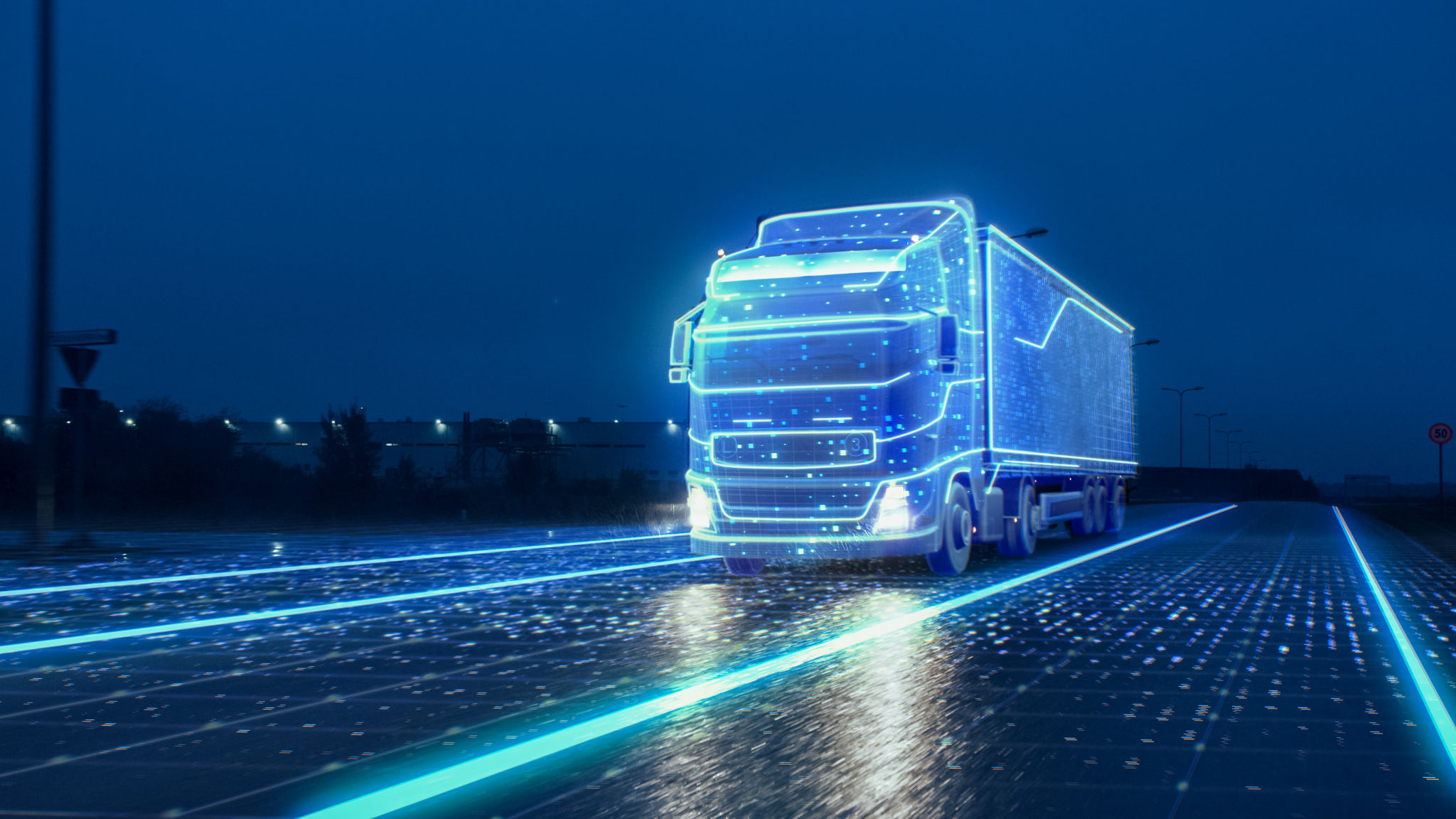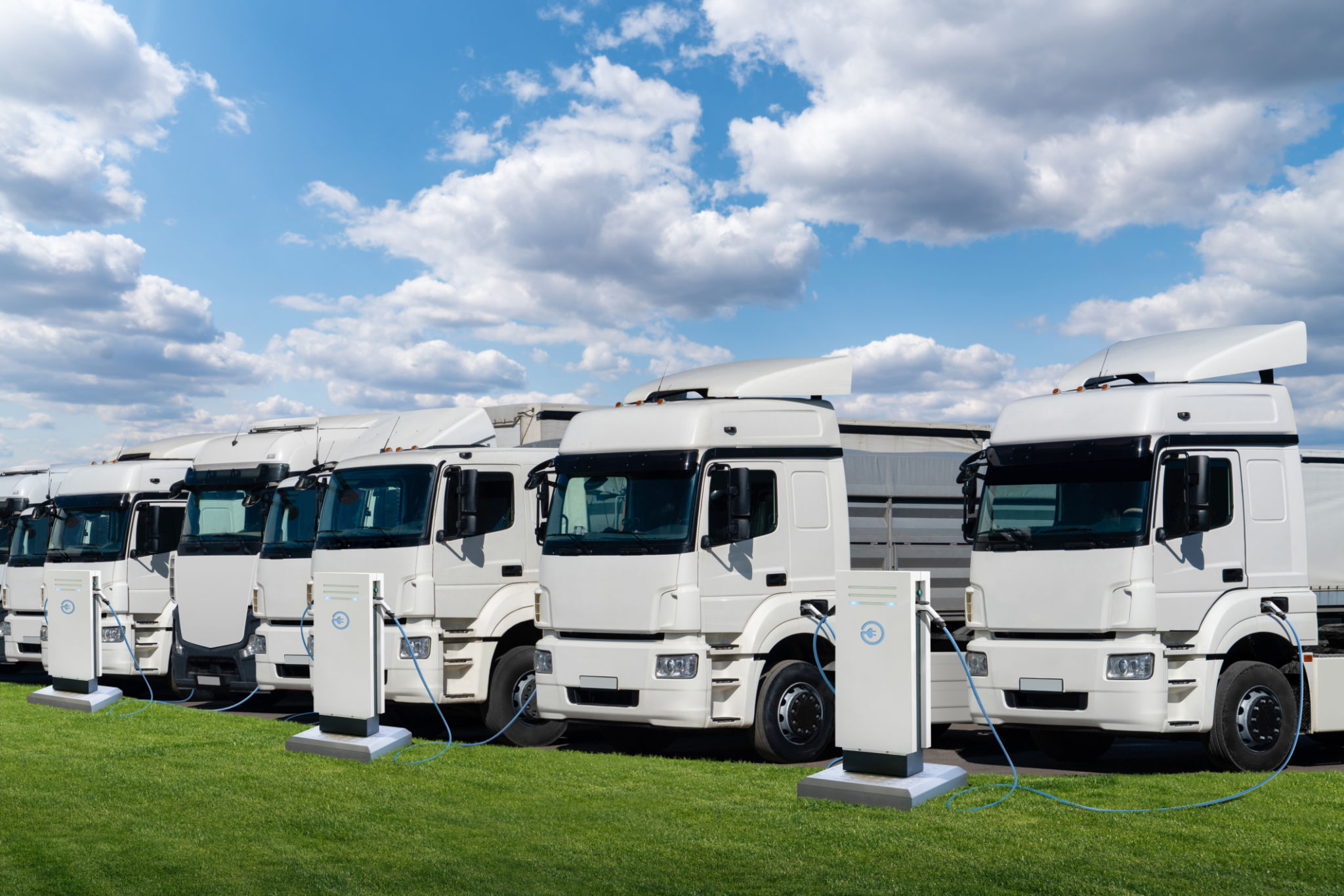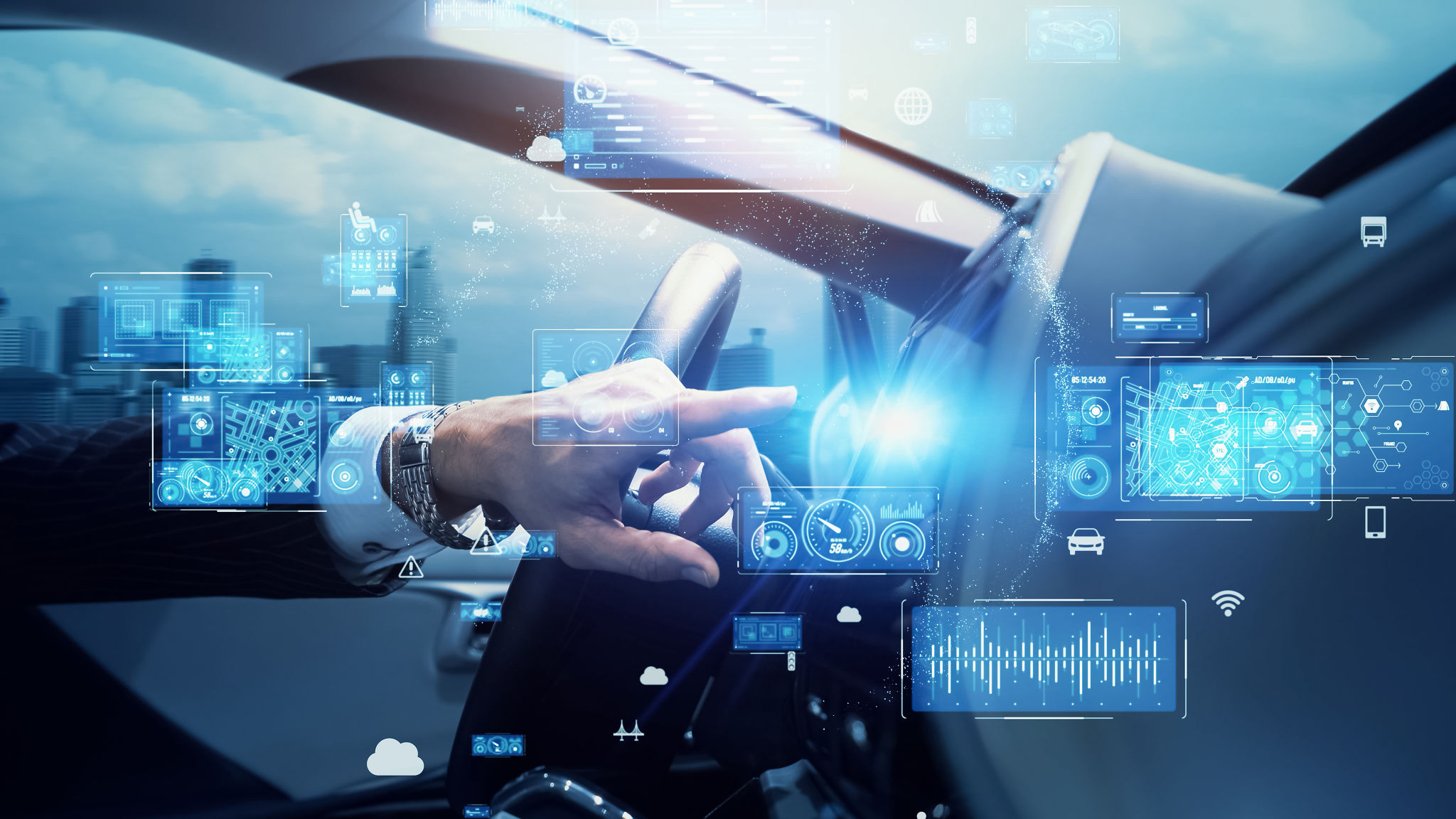Top 5 Trucking Trends Transforming the Industry
Introduction
The trucking industry is experiencing a significant transformation as new trends emerge, driven by technological advancements and changing consumer demands. In this blog post, we will explore the top five trucking trends that are reshaping the industry and paving the way for a more efficient and sustainable future.
1. Automation and Autonomous Vehicles
One of the most talked-about trends in the trucking industry is the development and implementation of autonomous vehicles. These self-driving trucks promise to increase efficiency, reduce human error, and lower operational costs. While fully autonomous trucks are not yet commonplace, companies are investing heavily in research and development to make them a viable option in the near future.

Impact on Driver Roles
With the advent of automation, the role of truck drivers is expected to evolve. Rather than being replaced, drivers will likely transition to more supervisory roles, overseeing autonomous systems and handling tasks that require human intervention. This shift could lead to safer roads and better working conditions for drivers.
2. Electrification of Trucks
The push towards sustainability is driving the electrification of trucks. Electric trucks offer a cleaner alternative to traditional diesel-powered vehicles, reducing emissions and noise pollution. Major companies are already rolling out electric models, which are gaining traction due to their long-term cost savings and environmental benefits.

Challenges and Opportunities
While electric trucks present numerous advantages, they also pose challenges such as limited range and charging infrastructure. However, ongoing advancements in battery technology and investments in charging stations are expected to address these issues, making electric trucks a more practical choice for long-haul transportation.
3. Telematics and Fleet Management
Telematics technology is revolutionizing fleet management by providing real-time data on vehicle performance, driver behavior, and route optimization. This data-driven approach enables trucking companies to make informed decisions, improve efficiency, and enhance safety.
Benefits of Telematics
With telematics, companies can monitor fuel consumption, reduce maintenance costs, and ensure compliance with regulatory requirements. Additionally, telematics systems help identify risky driving behaviors, allowing for targeted training and improved safety measures.

4. Blockchain Technology
Blockchain technology is gaining traction in the trucking industry for its potential to enhance transparency and security in supply chain operations. By providing a decentralized ledger for recording transactions, blockchain can streamline processes, reduce fraud, and improve trust among stakeholders.
Enhancing Supply Chain Efficiency
The implementation of blockchain can lead to faster transactions, reduced paperwork, and more efficient tracking of goods. This technology also has the potential to facilitate smoother cross-border operations by simplifying customs procedures and reducing delays.
5. Focus on Driver Well-being
The well-being of truck drivers is becoming a priority as the industry seeks to attract and retain talent. Companies are investing in initiatives that promote driver health, safety, and job satisfaction. These efforts include ergonomic vehicle designs, mental health support, and flexible scheduling options.
Improving Work-Life Balance
By prioritizing driver well-being, companies can reduce turnover rates and improve overall productivity. Initiatives such as wellness programs and enhanced communication tools help drivers feel more connected and valued, contributing to a positive work environment.

Conclusion
The trucking industry is undergoing a remarkable transformation driven by technological innovations and changing consumer expectations. By embracing these trends, companies can improve efficiency, sustainability, and driver satisfaction, ultimately leading to a more resilient and competitive industry.
